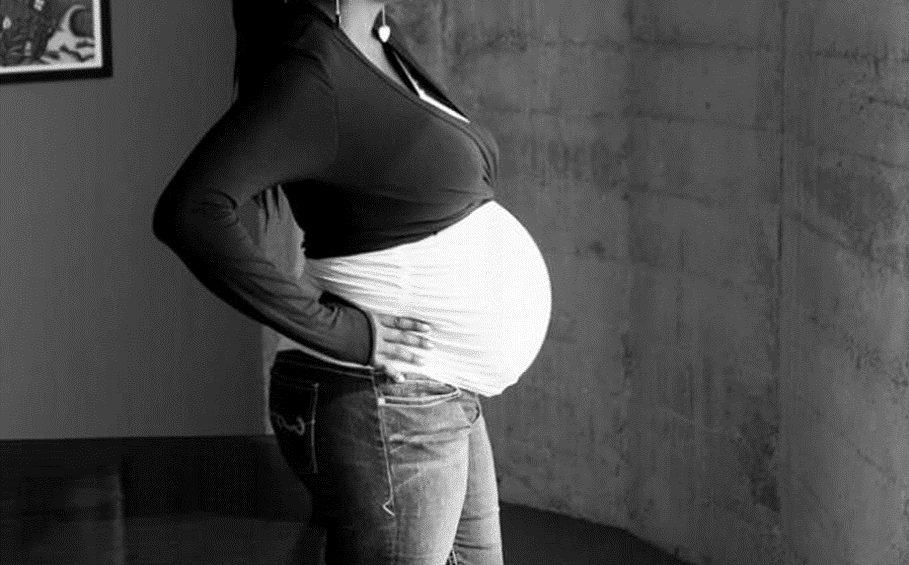You’re aching, and you can’t sleep, and your back is killing you and your ankles are swelling, and you’re constipated and bloated. Congratulations! You are pregnant.
Now exercise is what you can do to minimise the aches and pains and unpleasant side effects of pregnancy.
Exercising during pregnancy is very beneficial to your health and that of your fetus. At all stages of your journey through pregnancy, it is paramount you develop and follow strictly a workout regime that will help make your journey easier and smoother. It is best to develop this exercise regime with the guidance of your medical doctor.
Exercise For The Pregnant Woman
Simple exercises are very effective during pregnancy, so you don’t have to go for demanding or rigorous workout sessions. Keeping fit during pregnancy helps make delivery and regaining your pre-pregnancy shape easier and faster. Exercising during pregnancy has been known to improve the mood and postpartum body image
Swimming
Swimming may just be the perfect pregnancy workout. The reason for this is, in the water you weigh a tenth of what you do on land, so you’ll feel lighter and more limber. A dip in the pool may also help relieve nausea, sciatic pain and puffy ankles — and because baby’s floating along with you, it’s gentle on your loosening joints and ligaments.
Brisk walking
As an expectant mum, there’s no easier exercise to fit into your busy schedule than walking. Walking is a workout you can continue to fit in right up until delivery date (and even on D-day if you’re anxious to help the contractions along).
You don’t need any special equipment or a gym membership to participate — just some good sneakers. If you opt for a hike, be sure to avoid uneven terrain (especially later in pregnancy, when your belly can block your view of that rock in your path), high altitudes and slippery conditions.
Running
It is believed that experienced runners stay on track during pregnancy. Just stick to level terrain (or a treadmill or an elliptical machine) and never overdo it (loose ligaments and joints during pregnancy can make jogging harder on your knees — and make you more prone to injury).
PREGNANCY WORKOUTS FOR STRENGTH AND FLEXIBILITY
The following strength exercises will help you maintain and build your muscles. In turn, stronger and more flexible muscles help you to bear the weight you gain throughout your pregnancy and protect your joints from injuries as your ligaments relax:
Weightlifting
Don’t be scared, lifting weights is safe when you’re expecting — just opt for more reps (i.e., 12 to 15 in a set) using a lower weight than usual.
You might also want to switch to machines, which helps limit your range of motion and reduces any chance of injury (be sure to stretch when you’re done!). Also be sure to limit isometric movements (exercises where you hold still in a particular position): If you accidentally forget to breathe in this position, which is a common mistake!), you could quickly become lightheaded.
Pilates
A pregnancy-appropriate Pilates routine will focus mainly on strengthening your core and lengthening your muscles. Core strengthening will help ease backaches and improve your posture (which you’ll also be grateful for as your belly gets bigger) as well as your flexibility (which comes in handy during labour).
Prenatal Yoga
Prenatal yoga is another ideal workout for the expectant mum. It encourages relaxation, flexibility, focus and deep breathing — all excellent preparation for the marathon of birth.
Look for a class specifically tailored for pregnant women, or ask your regular yoga instructor to modify the poses so that they’re safe for you. Avoid Bikram yoga (the kind done in a hot room), since you need to pass on exercises that heat you up too much.
If you want to be healthy and have a sexy body after delivery, make sure you workout during pregnancy.

